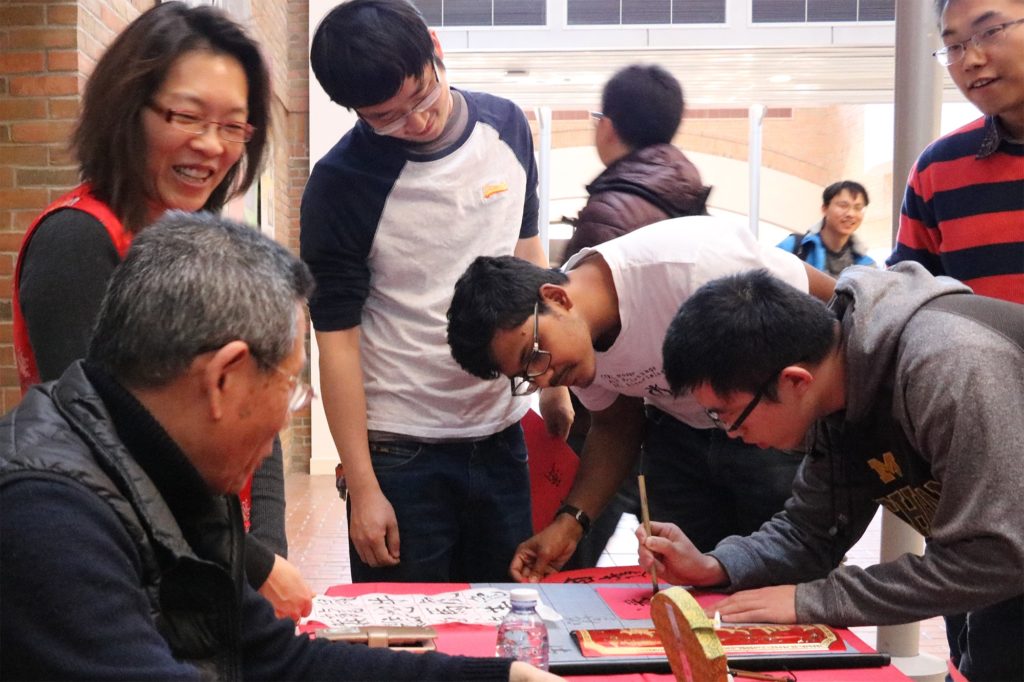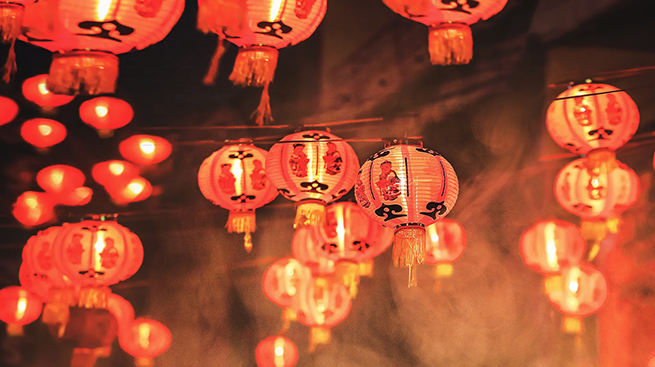Lunar New Year is also known as Chinese New Year and the Spring Festival (春节), and more than 20% of the world’s population celebrates it. It is the most important holiday in Chinese culture, but it is also celebrated in North Korea, South Korea, and Vietnam.
It is unknown when the very first Lunar New Year occurred, but it’s been celebrated for thousands of years. It’s origins are just as mysterious. While it is known as a ceremonial festival when people prayed to the gods and their ancestors to bless them with a good harvest, it’s most famous origin is that of a beastly legend.
Nián (年) was an ancient creature, a mix of dragon and other magical beasts, that terrorized the villagers. One day, a beggar came to town and in exchange for shelter, he agreed to challenge the beast. He decorated the homes with red paper and set off firecrackers as Nián approached. Nián fled in fear, inspiring all to protect themselves with colorful red decorations and fireworks set off in the middle of the night.
Every year features a zodiac animal, which is particularly influential in deciding your career, health, and relationships. The year of your zodiac animal is bad luck!
The dates of Lunar New Year are different every year, falling sometime between January 21st and February 20th. This is because the dates are determined by the lunar calendar, which is based on the cycles of the moon. The celebrations last for over two weeks, and the event causes the largest human migration in the world as people return home to spend the holiday with their families. Lunar New Year ends with the Lantern Festival.
ECE celebrates this holiday with an event featuring Chinese music, cuisine, calligraphy, and performances.



 MENU
MENU 

